
views
X
Research source
Identifying PDA early can help people understand what is going on and find appropriate strategies to help reduce stress.
This article focuses on children, since PDA is typically identified in childhood. However, PDA is lifelong, and a child with PDA will grow into an adult with PDA. (But this doesn't mean things can't improve.)
Noticing Signs

Recognize the regular signs of autism. PDA is believed to be on the autism spectrum, and most of the typical signs of autism are involved in PDA. Look for traits like: Repetitive behavior (stimming) Passionate, narrow special interests Fear or discomfort with eye contact Enjoyment of alone time Sensory over- and/or under-sensitivities Sees everyone as equal
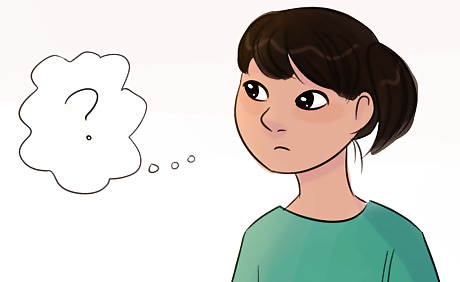
Notice a lack of some typical autistic traits. People with PDA don't necessarily have every sign of autism. Unlike typical autistic children, kids with PDA will often exhibit: Less pronounced developmental delays Lack of toe-walking Less need for routine—in fact, routines can stress them out if they feel like demands Typical eye contact No pronoun reversal or echolalia Reduced stimming Lack of autistic sincerity

Think about whether the child was very passive as a baby. Babies and toddlers with PDA may not engage much with the world around them, and often meet their milestones late. Not playing much Not raising their arms to ask to be held Dropping items and not picking them up Not reaching for things "Just watching" Minimal or no talking, often followed by a language burst Delayed crawling and walking

Recognize what counts as a "demand" for people with PDA. While you might recognize that "go put on pajamas" is a demand, there are actually many subtle types of demands too. Demands can be internal or external. People with PDA can feel their anxiety spike when faced with: Commands Time limits Plans and routines Schedules Transitions Praise (because the person fears that they'll be expected to do the thing they were praised for again) Bodily needs like hunger or thirst Social expectations (e.g. "we use our inside voices in the grocery store") Questions
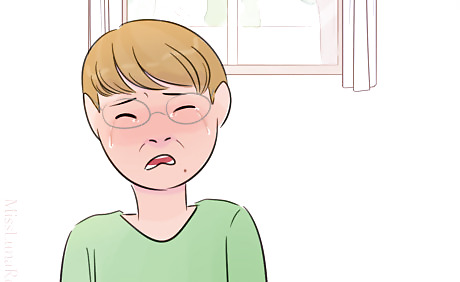
Notice escalating panic and avoidance attempts when demands are placed on them. No one loves being told what to do, but people with PDA find it terrifying. While typical autistic people may avoid demands by withdrawing, someone with PDA frequently avoids demands and develops many sophisticated strategies. Desperate to avoid the demand, they'll do whatever they can to make it stop. You may notice extreme mood changes and startlingly dramatic behavior. This can include: Negotiating Trying to distract you Procrastinating Make excuses Pretend they're unable to do the task Mood appearing to suddenly get much worse Resorting to dramatic behavior like screaming, self-injury, or aggression—becoming so panicked they may not even remember the incident afterwardsTip: This is not intentional misbehavior. One person with PDA compares it to claustrophobia, with rising fear and a desperate need to escape. Strategies like punishment, scolding, or bribes will not help someone who is terrified.

Pay attention to a seeming inability to say "yes." People with PDA are often resistant to any activity, even if it's something that's fun or good for them. Even if they want to do it, it may cause serious anxiety.

Observe severe perfectionism. While autistics without PDA can be perfectionistic, people with PDA may experience extreme perfectionism that causes great anxiety. Many of them struggle to cope with any perceived failure.
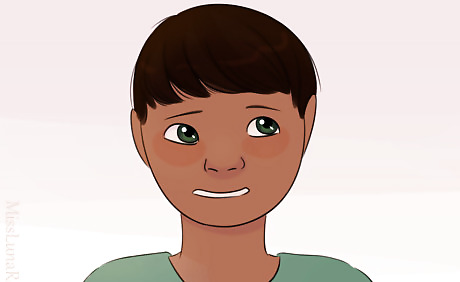
Pay attention to extreme masking, especially at school. Kids with PDA are often skilled at "masking" their condition, appearing calm and polite so that they can stay in control of the situation. They may appear controlling when they are anxious, but besides that, they may have "good" behavior at school. A child may have "perfect" behavior at school and only show their true distress at home. This may make teachers hesitant to believe parents or caregivers about the PDA. Researchers have found that masking is associated with mental health issues in typical autistic people. While this hasn't been researched in PDA yet, masking is probably something you don't want to encourage.
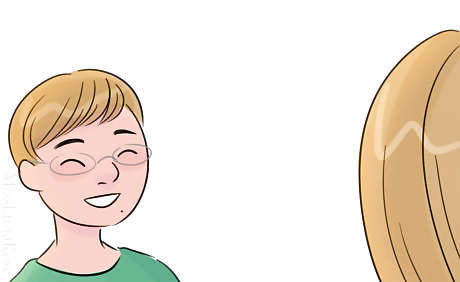
Consider where the child's obsessions are directed. Typical autistic people tend to "obsess" over objects or academic subjects, such as a certain TV show, creative writing, a species of animal, a book series, or collecting a type of object. People with PDA, however, tend to obsess over specific people. Someone with PDA may obsess over a favorite or disliked person. Unfortunately, people with PDA may not recognize when the intensity of their obsession can make the other person feel overwhelmed or uncomfortable. They may need to learn how to recognize boundaries. Autistics without PDA can obsess over a certain person; it's just less likely.

Notice a love of role play. The person may love dressing up and pretending to be a character. They might feel safer when they are pretending to be someone else. Parents or caregivers may feel like they aren't sure what the child's core personality is. Autistic children without PDA typically have less interest in role play.
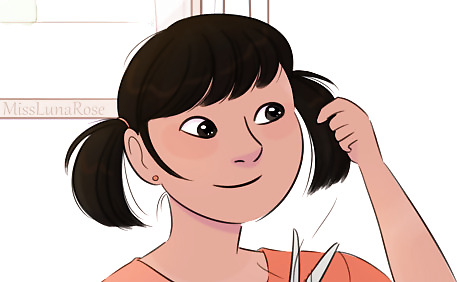
Pay attention to mood swings and impulsivity. While many autistic people struggle to regulate emotions, people with PDA can have abrupt and extreme mood swings. Thus, other people may think of them as unpredictable. Mood swings may be fast, "like a light switch being flipped." Mood swings may be due to a demand or pressure. People with PDA may show contradictory behavior, like hugging someone while saying "I hate you."
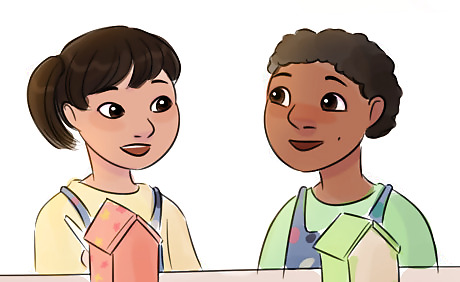
Notice shallow social engagement. Kids with PDA can be quite charming, without really understanding the deeper meanings of social nuances. A kid with PDA may: Be very polite Lack subtlety, and seem overpowering at times Display contradictory behavior (e.g. hugging someone while saying "go away") Avoid taking responsibility for their actions Feel no pride or embarrassment Seem bossy Think of themselves like an adult, not a child

Recognize a feeling of being equal to adults. Autistic kids in general tend not to recognize or value social hierarchies, and that includes PDA kids. A child with PDA may see themselves as equally capable as an adult and deserving of the same autonomy. Saying "I'm the boss" simply won't work.

Pay attention to "bossy" and controlling behavior, especially under stress. People with PDA get extremely upset when they feel a loss of independence. Feeling threatened, they may try to regain power by controlling the people around them. A stressed-out person with PDA may try to control: What other people are allowed to do or say Whether music can play and what songs are allowed When things happenTip: The child tries to exert control in order to feel safe and secure. They aren't trying to upset you. However, being bossed around by a stressed-out child isn't fun. Take some deep breaths or step away for a minute if your stress levels are rising.

Know the role of burnout. Anxiety can compound and get worse from prolonged stressors. Someone with PDA whose anxiety was manageable before could start struggling much more if they experience burnout. This means that smaller and smaller things can trigger their panic response and that their behavior may become more dramatic. On the flip side, someone going through something awful now may find life easier months or years in the future. Don't assume it will always be this hard for your loved one.
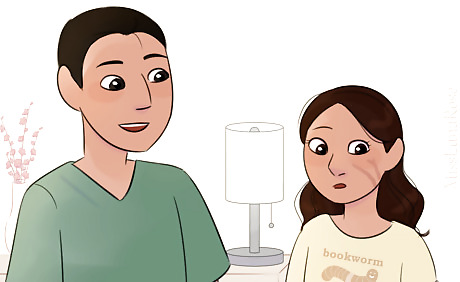
Notice if some PDA strategies cause things to improve. People with PDA spend a lot of time in fight-flight-or-freeze mode. Some traditional autism supports (like routines and praise) can be unhelpful or even harmful. Strategies to make everyday life calmer with fewer demands can help them feel secure and less resistant to ordinary things. Aim for a low-demand, low-arousal lifestyle that calms them. Try: Having a calming presence, even in stressful situations Letting them "win" more often in daily life Reducing demands (e.g. not pushing "please" and "thank you") Leaving different options out for them and letting them pick what they please on their own timeline Letting them opt out of things they can't handle Getting on their level or physically lower Using observations instead of commands or questions (like "I notice the other kids are putting on their winter clothes")Tip: Kids with PDA need to feel secure and empowered. If you suspect PDA in a child you know, focus on ways to help create these feelings. Don't hesitate to reach out to PDA experts and support groups for advice and community.
Moving Forward

Stay open to other conditions that could explain the child's behavior. Getting too attached to one condition early on could lead to a misdiagnosis and inadequate support. ADHD Reactive attachment disorder Other attachment disorders Oppositional Defiant Disorder Regular autism

Recognize the importance of early identification. The behavior of a child with PDA can seem very baffling if you don't understand why it's happening. Once you know what's going on, you can understand what the child is going through, and you can learn how to help them. Once you know that it's PDA, you can read up on the best strategies to help the child. You can also recognize that you're not a bad caregiver; the child is just struggling with something that's nobody's fault. Self-awareness can make life easier for people with PDA. Instead of thinking they are "bad" or "weird," they can understand that they have PDA. A PDA diagnosis can also provide opportunities for anxiety treatments.
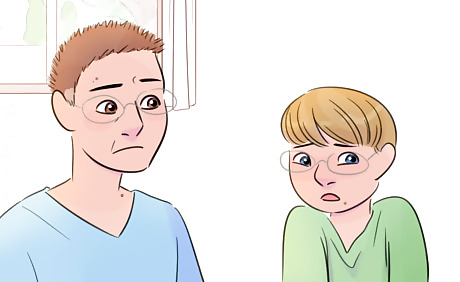
Look for appropriate support for your child. Kids with PDA need supportive, patient adults who understand that they are scared (not naughty). Share information about PDA with teachers and caregivers so that they know how to support the child.














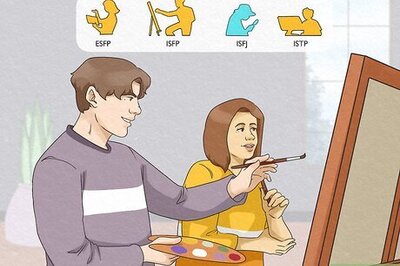





Comments
0 comment